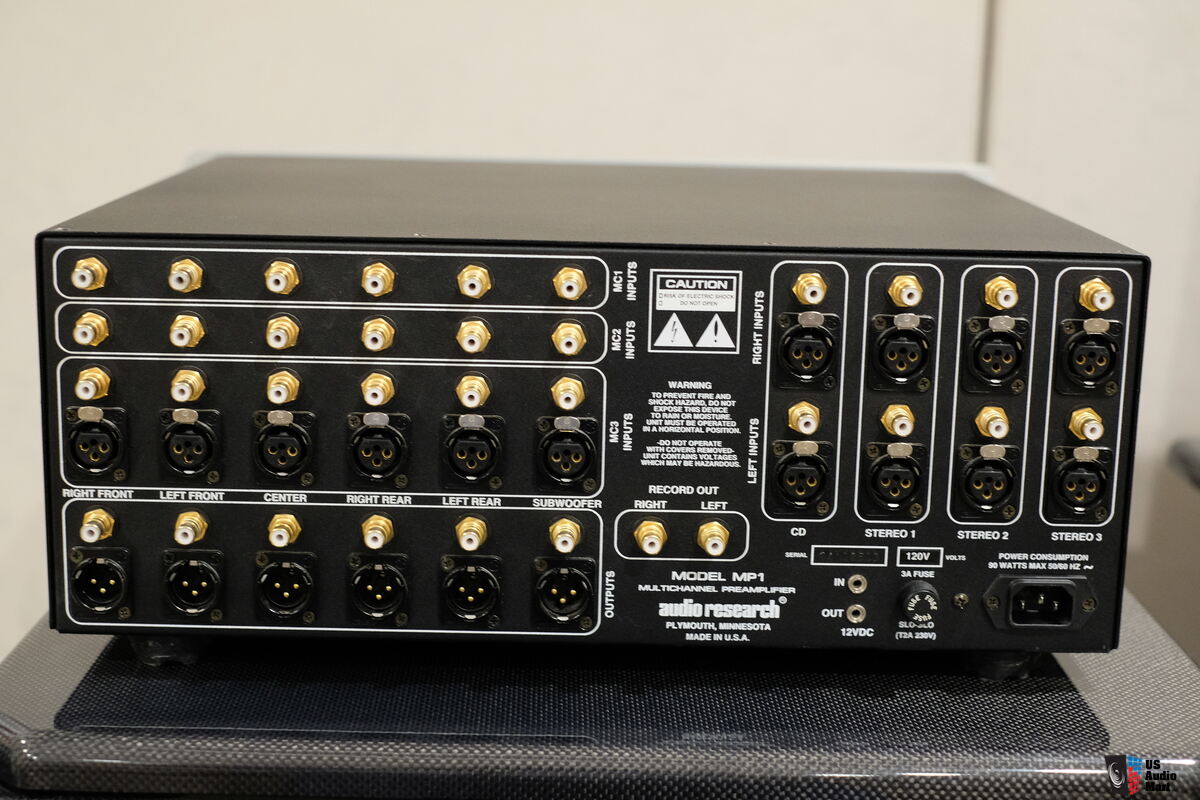I have a good sounding room, with a nice combo of live and damped surfaces. The 121s sounded superb, and the imaging was just about as precise as any good speaker I've owned, but with more realistic dimensionality. With most speakers sonic images of voices and instruments tend to have a sort of flattened quality - they can appear in distinct spots in the soundstage, with differences in distance among them, but it's sort of like the depth stops behind the sonic image, like they are pasted on a background. With the omni-MBLs, there was an added sense of air/dimension that extended behind the images, making them seem more round, more dimensional. I have a recording of me playing my acoustic guitar recorded in a room in my house. When I'd play it on the MBLs the sonic impression of that guitar just appearing "in the room" playing was almost uncanny.
As well, the way their omni-design energized a room made them sound more "live" from outside the room too. I'd play a recording I made of my son practicing saxophone and on the MBLs from outside the room it just sounded real. I fooled a few people using that recording that my son was practicing sax in that room


